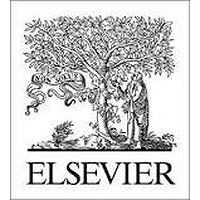INTRODUCTION: Indocyanine green (ICG) fluorescence has been reported for examining intestinal blood flow (IBF), but not in the case of bowel released from entrapment in a femoral hernia. We report the case of a patient with incarcerated obturator femoral hernia in whom the bowel was preserved after evaluation of IBF with ICG fluorescence using a brightfield full-color near-infrared fluorescence camera.PRESENTATION OF CASE: A woman in her 60s was diagnosed with incarcerated femoral hernia and underwent surgery. Laparotomy was performed to reduce bowel incarceration via an anterior approach. The small bowel showed deep-red discoloration on gross evaluation, but intravenous injection of ICG revealed uniform fluorescence of the mesentery and bowel wall. This indicated an absence of irreversible ischemic changes to the bowel, so resection was not performed and a modified Kugel herniorrhaphy was performed. The patient showed a good postoperative course.CONCLUSION: In herniorrhaphy with mesh, minimization of bowel resection is important for preventing postoperative infection of the mesh. In this case, ICG fluorescence with a near-infrared fluorescence camera was central to reducing bowel resection. ICG fluorescence may be useful for evaluating IBF in surgery for incarcerated femoral hernias. (C) 2016 The Authors. Published by Elsevier Ltd on behalf of IJS Publishing Group Ltd.

A case of incarcerated femoral hernia with intestinal blood flow assessment by brightfield full-color near-infrared fluorescence camera: Report of a case
Review badges
0 pre-pub reviews
0 post-pub reviews
